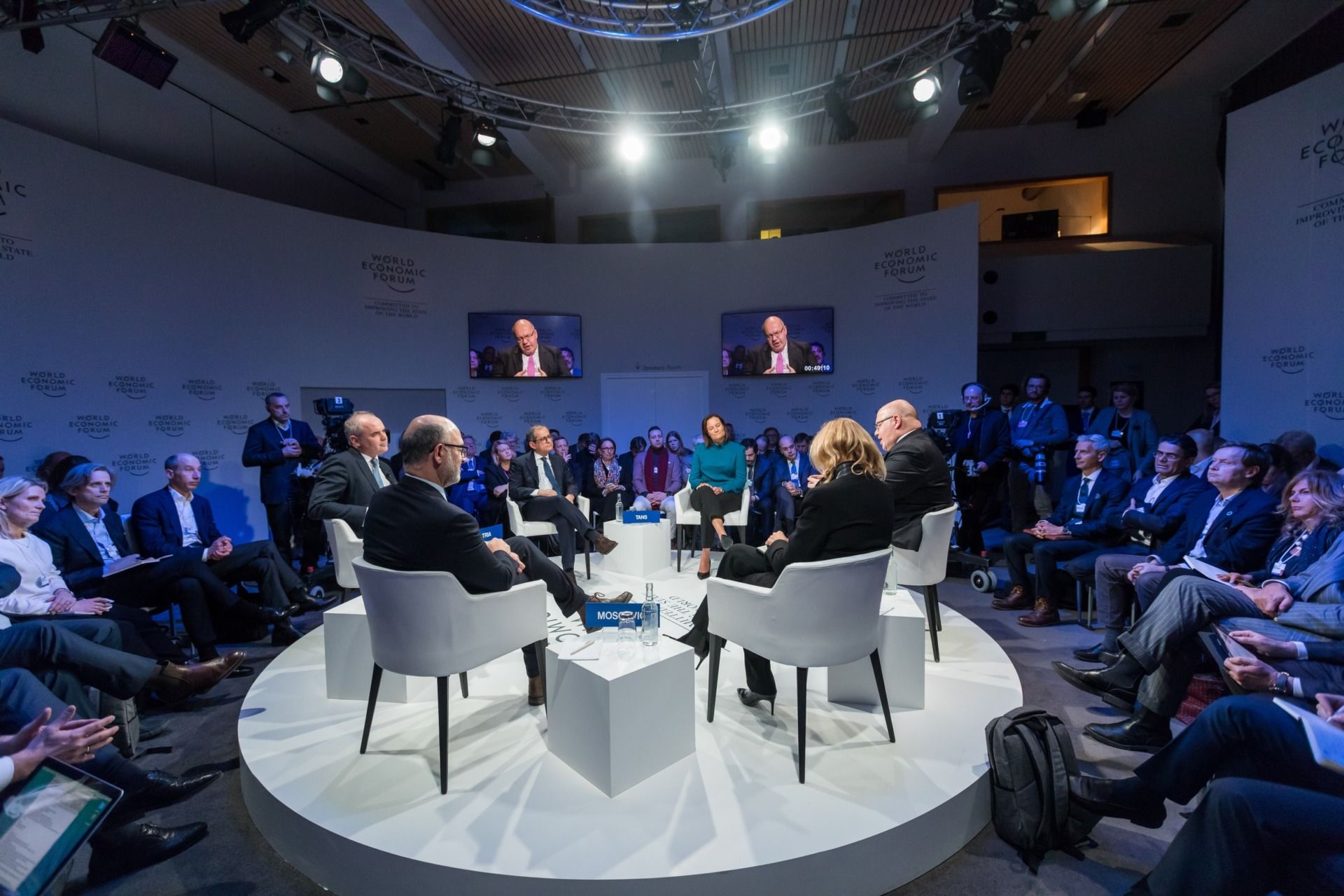Five Innovative meeting formats
We live in an era in which globalization provides us with a myriad of experiences, information and networking tools that we would not have imagined possible 20 years ago.
And it is precisely for this reason that, in the context of events and meetings, most stakeholders no longer accept to participate passively. They have expectations in terms of their involvement. Participants do not want to hear “canned” responses to prepared questions and they have a very accurate radar for non-authentic content. They are used to having their opinions taken into account in their community, in the institution they represent, and for that reason they do not hesitate to break a model if it no longer works for them.
Welcome to the era of disruptive meetings, where participants are looking for more active participation and experiential learning!
It should be noted that the motivations that led them to travel to learn more about a certain subject, are currently available digitally on websites, blogs or forums. That is, previously we had to go to events, often organized in distant locations, to listen to the experts in real time. This was the old model. People today are not only comfortable with downloading information, they are also fully familiar with self-taught learning. Participants arrive at events already informed and with a clear opinion on the matter at hand.
A meeting designed to passively pass on information can be particularly frustrating for a Millennial, who has something to say and wants to contribute to the outcome of the event itself. If they are not given the opportunity to voice their opinion, they will certainly choose not to participate.
This all means that the type of meetings that operated in the “before the internet” era is unlikely to be successful with the Millennial generation and others that are emerging in the labor markets.
It’s best to beware, however, because generalization may lead to inaccuracies on this topic; there are certain situations in which having an agenda that we follow with a clear results list listed for each topic, is what effectively gives results, as is the case of a company’s management meeting. The same can be said about scientific conferences where the speaker reports in detail a particular clinical situation and the discoveries that came from it, giving an opportunity for questions at the end of it.
But, on the other hand, there are a series of situations in which this one-sidedness does not encourage those who participate, for it does not add value and does not promote the discussion of ideas.
In the article MEETING ARCHITECTURE: ESSENTIAL ELEMENTS TO TAKE INTO ACCOUNT, we address the essential question: what are the conference participants looking for?
In general, the participants look for three components: motivation, learning/knowledge and networking. Not necessarily in this specific order, and the relevance of each element is variable from event to event. And there are people who dedicate their professional careers to discovering new techniques to promote these three elements, together or individually, in effective and creative ways. We will therefore look at some examples of innovative meeting formats that serve specific objectives, but which are obviously not “one size fits all”.
. A networking lunch
What usually happens when we go to an event with a colleague is that we end up having lunch together. It is the most comfortable option when we are in the middle of a crowd of strangers, and obviously a matter of politeness in front of our colleague. At the same table is another participant talking to an acquaintance, but the cross-talk does not work due to the distance that separates these two pairs. Result: we are sitting among 100 interesting people talking about trivia for an hour. It’s a waste of a networking opportunity!
How does lunch networking work? The basic principle of this format is to get participants to interact with strangers. There are several ways to promote this dynamic. One of them is to use the fly-by lunch option, with high bistro-type tables, which will force participants to circulate even when they are not so comfortable with this situation. The organizers will even be able to number the tables and ask people to pick a number at random before lunch, making them spend that mealtime with new people. It can also be a seated lunch format, where only four people sit at each table. This scale is ideal for creating some intimacy, while at the same time it creates diversity.
This format can be included in any meeting or event in which one of the main objectives is to expand the participants’ network of contacts and to exchange experiences.

. Split the presentation in half
It is very common in conferences to watch long presentations with as much as 40 slides, for 60 minutes or more. What ends up happening is that we find ourselves losing our train of thought and questioning the interest of the presentation. Research and experience show that people are unable to maintain concentration for more than 20 to 30 minutes during a lecture, which turns out to be frustrating for both the audience and the speaker.
A formula to get around this issue is to ask speakers in advance to include a pause in their presentation and give the audience the opportunity to reflect on the topic under discussion and even share their opinion with the colleague next to them. This type of action promotes on the one hand the discussion with peers and on the other hand maintains interest in the subject under analysis.
However, it is advisable that the speakers, at the beginning of the session, report on this pause so that the audience is prepared and takes it seriously.
Subscribe and get the free Ebook
Guide for event planning
. Presentation in interview format
This is one of the most popular formats to “camouflage” a formal presentation. The speaker is interviewed by a facilitator or moderator who is also on stage, and usually has an informal set-up that uses armchairs with a side table. As a rule, it is relatively short, from 15 to 30 minutes long, and aims to give a pre-formatted presentation a spirit of dialogue. It works very well in the middle of an extensive program of traditional presentations or after the lunch break when there is a tendency for a decrease in focus.
This format requires prior preparation by both the facilitator and the speaker, in the definition of the topics to be addressed and in the selection of the questions.

. World café
This format is very flexible and adapts to any circumstance or theme, encouraging collaborative and participative dialogue, active commitment and the creation of constructive ideas.
The creation of a comfortable and informal café environment with small tables for 4 to 5 people is the starting point. Having coffee, tea and water available promotes the desired café environment. Tables should have paper tablecloths or a flipchart, color markers and post-it notes, in order to encourage participants to record their ideas. At each table, a host is appointed and this person will also be the spokesperson for their group. Dialogue rounds of about 20 to 30 minutes are organized, each block with one or more topics under discussion. After the first round of dialogue, the host remains at the table, while the rest of the participants switch tables, taking the discussed ideas with them. The hosts receive new participants and invite them to share ideas from the previous dialogue. In the 3rd round, the participants return to their starting table to summarize the findings.

The activity ends with a sharing of the ideas of each table (through the analysis of the records made by the groups) leading to a global discussion and identifying the divergent findings and the ways the answers to the initial questions are linked.
It is a very useful technique to stimulate creativity, explore themes relevant to the group and create space for collective intelligence to emerge.

. Pecha Kucha
This is a presentation format that was born in Japan, and that means “quick conversation”. It is a presentation style where each speaker tells his story using only 20 slides, exclusively with images or videos, with a 20-second cadence between slides.
This method forces the speaker to be concise, of course, conveying his ideas in just 6 minutes and 40 seconds. Additionally, it requires some training in order for the speaker to be able to synchronize his speech with the cadence of the slides. Pecha Kucha’s proposal is, therefore, to reduce, simplify and retain the information.
This is a technique that requires deep reflection on the use of words, as the challenge is to make the presentation minimalist by making the speech more polished and accessible to the listener.
To get an idea of the popularity of this method, there are “Pecha Kucha Nights”, events organized all over the world, in which people meet to make presentations in the same format, on the most varied subjects or on a specific theme.

This format is used in several contexts:
. With human resources teams: it helps to involve staff and develop the company culture.
. With sales and marketing teams: by mastering this technique the speaker develops his storytelling skills, remaining focused on what really matters and on persuading his audience.
. For speaking in public: improving their ability to tell stories, the speakers will achieve better involvement and retention of their audience.
.For creating video presentations: Video presentations help tell a story and sell more products. It is important to avoid hours of post-production editing and to use only images and voice to create Pechakucha presentations.
These are just a few examples of creative meeting and event formats that can even be combined, according to the objectives established and the topics to be addressed in each event. It is important to remember that each event must have well-defined objectives and the search for innovative formats must be aligned with those same objectives.

Andreia Silva
Graduated in Tourism Management from the School of Hospitality in Porto, she has 15 years of professional experience in the area of events, having been the focus of her work in the area of management and coordination of congresses and conferences and corporate events.







